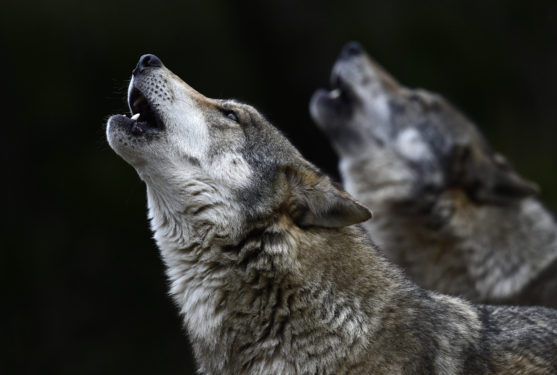
Paws Up! To U.S. District Judge Jeffrey White who ruled that gray wolf populations in the West must be protected by the federal Endangered Species Act.
February 18, 2022
Last week, U.S. District Judge Jeffrey White in Oakland, California, ruled that the gray wolf populations in western states must be granted federal protections under the Endangered Species Act (ESA), due to a lack of evidence that the populations could be managed and protected successfully by individual states.

Before the end of the Trump administration, the U.S. Fish and Wildlife Service (USFWS) released the gray wolf from the ESA, handing the reins to state governments to take control. Just as many wildlife conservationists expected, state governments loosened their regulations on hunting gray wolves, and in some cases, even promoted the killing of multiple gray wolves per hunter. It seems 2021 was an “open season” on wolves in the western United States; Idaho and Montana have implemented such destructive hunting and trapping laws that each state could wipe out 85% or more of their wolf population.
The gray wolf was first added to the Endangered Species List in the early 1970’s after its habitat was taken by settlers for hundreds of years. Only until the 1990’s did the future of the gray wolf begin to brighten, with the natural migration of thousands of wolves from Canada to Yellowstone National Park. Since then, government entities such as USFWS and the Bureau of Land Management have been slowly stripping away these federal protections in order to safeguard ranchers’ livestock which are encroaching on public lands, claiming that the wolves are a nuisance to free-grazing cattle.
Unfortunately, this ruling does not apply to certain states like Montana, Wyoming, and Idaho, that are already exempt from federal protections through previous rulings. However, this court decision is a step in the right direction toward saving this rare and majestic species from extermination and extinction.
Click here for more information on how you can make a difference for wildlife.
